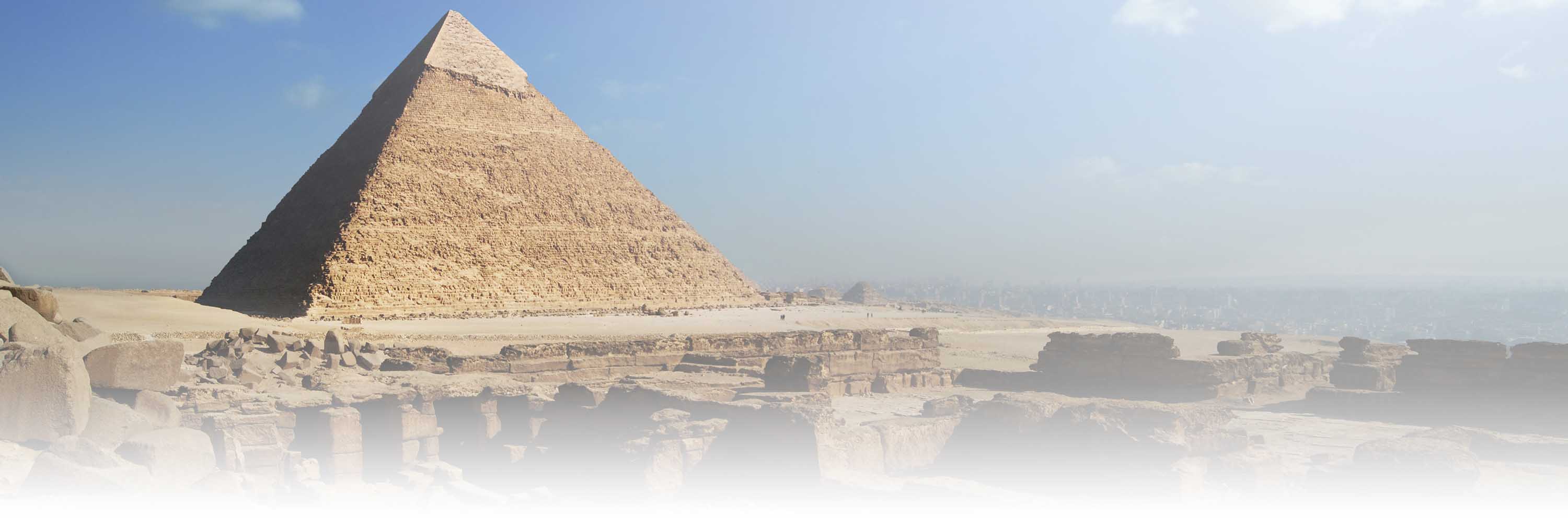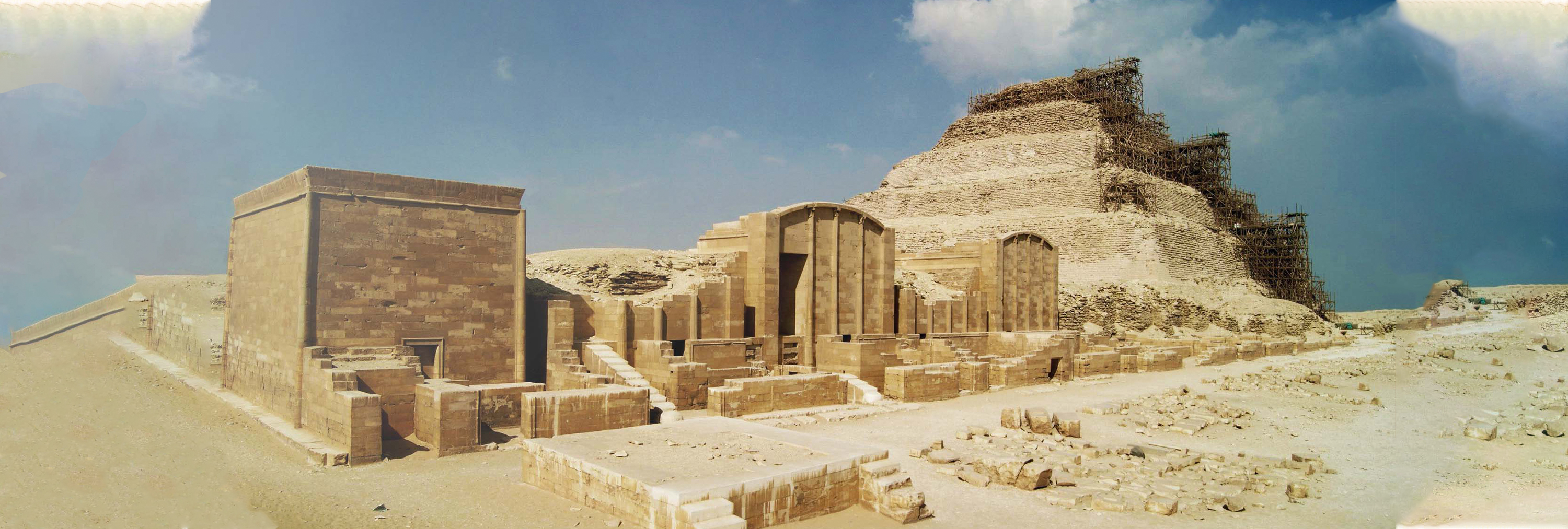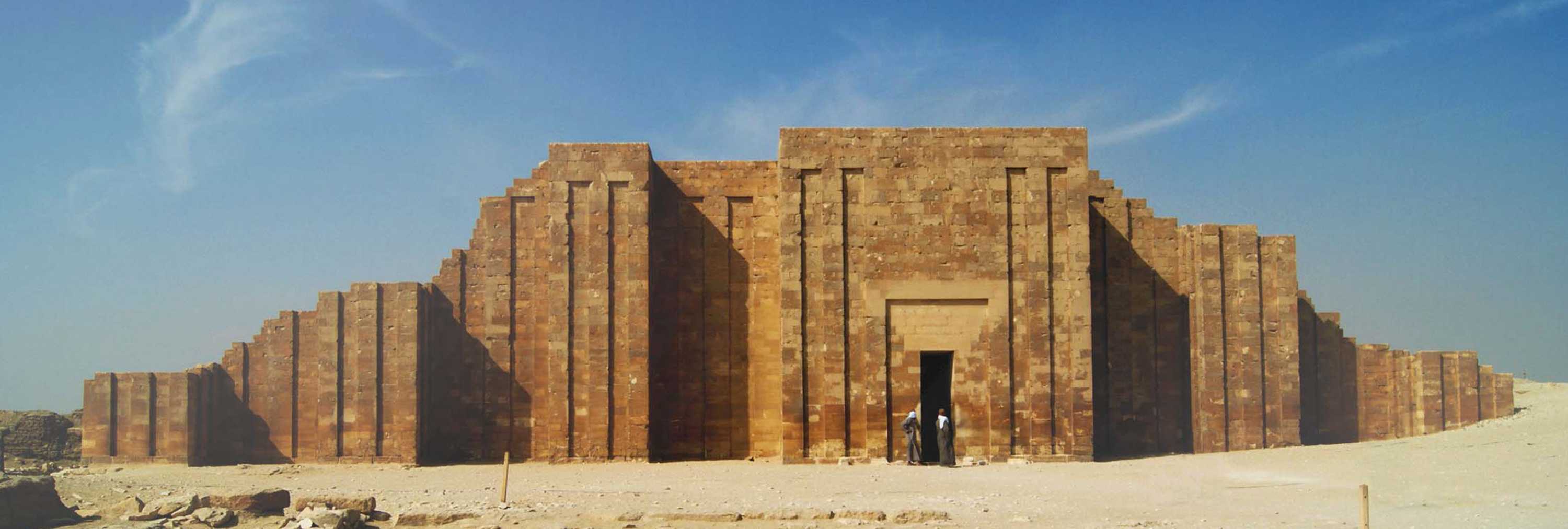VOLUME 5 2021

Le "poteau cultuel thinite" : un élément méconnu de l´architecture religieuse sous la première dynastie PDF
Matthieu Begon
This paper addresses a great wooden (?) pole that appears in several Early Dynastic representations of sacred shrines from the Thinite period. The discussion includes an architectural analysis of the use of this pole in its context set in front of the larger structures. Based on its shape and its apparent function, it is proposed here that it should be referred to as a "worship pole".
18th Dynasty dipinti from Gebel el-Silsila (East Bank) PDF
Maria Nilsson, Joost Golverdingen, John Ward with assisting contributions by Huibert van Verseveld
The current paper serves as the primary publication of a group of 30 dipinti (painted epigraphic documents), including 19 hieratic texts and 11 pictorial images or quarry marks. These were found and recorded within a series of quarries located on the east bank of Gebel el-Silsila. Recently excavated archaeological material places the creation of these quarries chronologically within the 18th dynasty. The texts predominantly consist of dates, but also include signatures and titles. Among them is an exceptional four-lined text from early in the reign of Amenhotep IV. This includes a novel graphical element relevant to the chronological development of Ra-Horakhty-Aton representations. Included in the material is a unique representation of the hippopotamus goddess depicted dressed and holding knives. This can be dated to the 33rd regnal year of Amenhotep III.
Le complexe funéraire monumental de Dara (reconstitution et datation) PDF
Franck Monnier, Rémi Legros
The necropolis of Dara in Middle Egypt is dominated by a huge tomb whose origins and dating have often been discussed by Egyptologists. Various interpretations of the evidence have been made to date, but important questions remain unanswered about who may have been buried there and the type of tomb it was intended to be (pyramid or mastaba). This situation persists despite the excavations carried out during the first half of the 20th century. In this article, the authors undertake an in-depth critical analysis of the existing reports in order to propose a more accurate reconstruction of this unique funerary complex. They demonstrate that the details of this mortuary structure can throw light on the military architecture of the First Intermediate Period, and that the few inscribed objects found at site also permit a reevaluation of the dating of the monument, when the new criteria available for understanding it are also taken into account.
The Tutankhamun-Nefertiti joint burial hypothesis: a critique PDF
David Ian Lightbody
This article reviews and evaluates the hypothesis that Nefertiti is entombed behind the north wall of the burial chamber in KV62, the tomb of the pharaoh Tutankhamun in the Valley of the Kings. Egyptologist Dr. Nicholas Reeves first formally proposed this in print in 2015. The current article now evaluates the results of three radar surveys carried out to test the hypothesis, as well as the wider arguments put forward to both support and refute the hypothesis. Based on an analysis of all three main classes of evidence (superficial wall irregularities, circumstantial art-historical details, and hard radar data), the current study finds that the corpus of evidence stands overwhelmingly against the hypothesis. Despite this, the study also finds that the main proponents of the idea have not yet properly accepted the negative results of the investigations. Finally, this article should serve as an accurate and permanent record detailing how the project unfolded over time.


